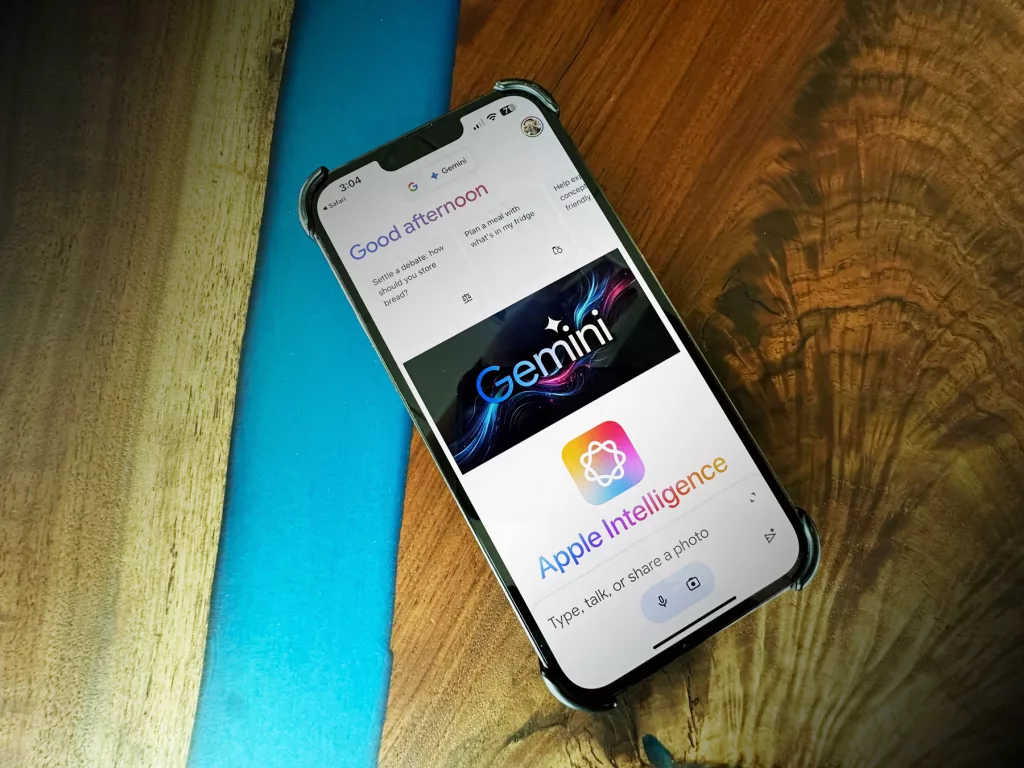As a marketer, you care about your B2B brand’s differentiators. Specifically, you know you need a unique selling point — a USP. A USP sets you apart from your competitors. It also represents the place you hold in your customers’ minds and keeps them coming back for more.
The good news? Your B2B brand’s USP likely already exists. Your establishment has unique qualities, after all. Besides, even if you somehow don’t have one, there are countless articles explaining how exactly to arrive at a USP.
Your real challenge is communicating your B2B’s USP to current and potential customers. Too often, a B2B brand’s USP is hidden. To make your USP — that all-important competitive advantage — clear to consumers, you have to chip away at the things that aren’t serving your vision. Here’s how.
Stop Trying to Make Your B2B Brand Everything to Everyone
Would you order Pad Thai at a pub? Would you take a first date to Chuck E. Cheese? Would you trust a place that says they have fine food, but also the lowest prices?
The answer to these questions is no (duh). The more interesting question is: Why not? It’s because your B2B brand can’t be all things to all people.
Put simply, being everything is the same as being nothing in consumers’ eyes. An ‘everything to everyone’ approach comes across as inauthentic.
This is exactly why you have to chip away at the excess to get to your B2B brand’s USP. To figure out what is a selling point — and get rid of what’s not.
Refine Your Collateral to Reflect Your B2B Brand’s USP
A good place to start chipping away at the excess — that noise burying your USP — is all over your collateral.
Hear us out. A brochure is a communication tool. And you are in charge of communicating with your customers, right? We’re asking you to consider how your brochure contributes to — or detracts from — your USP. Marketing is about so much more than advertising. Don’t miss out on an opportunity to get your B2B brand’s USP across to prospects and customers.
To that end, audit your collateral. Ask yourself: Is this reflecting the product and brand we’re known for and do best? How does this relate to our B2B brand’s USP?
It’s proven that consumers generally want simplicity when it comes to collateral. So if something isn’t serving your USP, it’s simply clutter. It needs to go. B2B brands often add “noise” as more and more product is released. Don’t let strategy-less add-ons detract from the USP you’re trying to get across to customers. Get back to your B2B brand’s bread and butter.
Avoid the Same Old Social Posts in Favor of Unique Takes
As you work through fine tuning your B2B brand’s USP, don’t throw it away with homogenous social media posts.
If you take a look at most B2B brands social media feeds, you’ll be hard-pressed to find one that’s unique — even if they have a valid USP. Most feature an array of product promoting features. They might also publicize personnel. Or perhaps they reshare viral content. Frankly, they’re boring and, again, repetitive.
If you’re trying to be the anything for your customers, why would your social media feed be bland?
Make your social media presence as focused on your USP as everything you produce internally and externally. Chip away anything that’s inconsistent with your vision (cough: cat memes).
Make Your USP Clear and Loyal Customers Are Yours
Your B2B brand’s USP matters. Without a solid USP, you won’t hold a special place in your customers’ minds. Instead, your B2B company risks becoming a commodity — just another product manufacturer.
The real work of communicating your B2B’s USP comes from trimming the fat. Get rid of what doesn’t serve your selling point and you’ll be making way for happier, repeat customers.




